Related Research Articles

The National Baseball Hall of Fame and Museum is a history museum and hall of fame in Cooperstown, New York, operated by private interests. It serves as the central point of the history of baseball in the United States and displays baseball-related artifacts and exhibits, honoring those who have excelled in playing, managing, and serving the sport. The Hall's motto is "Preserving History, Honoring Excellence, Connecting Generations". Cooperstown is often used as shorthand for the National Baseball Hall of Fame and Museum.

Frederick Stanley McGriff is an American former first baseman in Major League Baseball (MLB) who played for six teams from 1986 through 2004. He was one of the most consistently productive power hitters of the 1990s, posting over 80 runs batted in (RBI) every year from 1988 through 2002, and became the first player since the dead-ball era to lead both leagues in home runs — the American League (AL) in 1989 and the National League (NL) in 1992. A five-time All-Star, he was named the Most Valuable Player of the 1994 contest after his pinch-hit home run in the bottom of the ninth inning tied the score at 7–7, with the NL winning in 10 innings. McGriff finished in the top ten in voting for his league's Most Valuable Player Award every year from 1989 through 1994, during which time he led the major leagues in home runs.
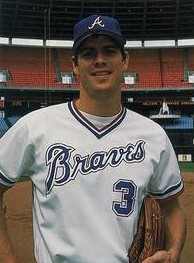
Dale Bryan Murphy is an American former professional baseball player. During an 18-year career in Major League Baseball (MLB) from 1976 to 1993, he played as an outfielder, catcher, and first baseman for the Atlanta Braves, Philadelphia Phillies, and Colorado Rockies; Murphy is best noted for his many years with the Braves. His entire MLB career was spent in the National League (NL), during which time he won consecutive Most Valuable Player (MVP) awards (1982–1983), the Silver Slugger Award for four straight years (1982–1985), and the Gold Glove Award for five straight years (1982–1986). Murphy is a member of the Oregon Sports Hall of Fame, Georgia Sports Hall of Fame, and World Sports Humanitarian Hall of Fame.
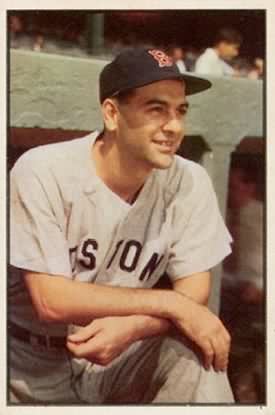
Louis Boudreau, nicknamed "Old Shufflefoot", "Handsome Lou", and "the Good Kid", was an American professional baseball player and manager. He played in Major League Baseball (MLB) for 15 seasons, primarily as a shortstop on the Cleveland Indians, and managed four teams for 15 seasons including 10 seasons as a player-manager. He was also a radio announcer for the Chicago Cubs and in college was a dual-sport athlete in baseball and basketball, earning All-American honors in basketball for the University of Illinois.
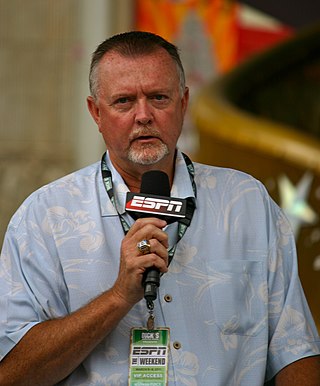
Rik Aalbert Blyleven is a Dutch-American former professional baseball pitcher who played 22 seasons in Major League Baseball (MLB) from 1970 to 1992, primarily with the Minnesota Twins. Blyleven recorded 3,701 career strikeouts, the fifth-most in MLB history. He won 287 games, 27th-most all-time, and pitched 4,970 innings, 14th-most all-time. A renowned curveball pitcher, Blyleven was also a two-time All-Star and World Series champion. Although under-appreciated during his playing career, he was inducted into the Baseball Hall of Fame in 2011—his second-to-last year of eligibility.

There was no regular election in 1944 to select inductees to the Baseball Hall of Fame. In 1939, the Baseball Writers' Association of America (BBWAA) had moved to hold elections every three years rather than annually, and the next scheduled election was to be in 1945. In addition, the four-member Old-Timers Committee formed in late 1939 to select deserving individuals from the 19th century had still never met for that purpose, and criticism of the lack of honorees from that period was increasing.

Elections to the Baseball Hall of Fame for 2005 proceeded in keeping with rules enacted in 2001. The Baseball Writers' Association of America (BBWAA) held an election to select from recent players, voting Ryne Sandberg and Wade Boggs into the Hall. The Veterans Committee held a separate election to select from players retired more than 20 years, but did not elect anyone.
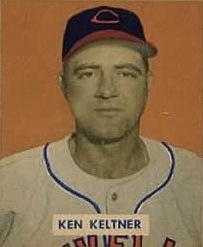
Kenneth Frederick Keltner was an American professional baseball player. He played in Major League Baseball as a third baseman from 1937 to 1950, most prominently as a member of the Cleveland Indians where he was a seven-time All-Star player and was a member of the 1948 World Series winning team. He played his final season for the Boston Red Sox.

Whatever Happened to the Hall of Fame?: Baseball, Cooperstown, and the Politics of Glory is a book by baseball sabermetrician and author Bill James. Originally published in 1994 as The Politics of Glory, the book covers the unique history of the Baseball Hall of Fame, the evolution of its standards, and arguments for individual players in a typically Jamesian, stat-driven manner. James drives home early on the heated and biased nature of Hall of Fame arguments between fans and writers alike. He states that his goal is not to serve individual players or candidates but to "reinforce the truth in what other people say" and to "serve the argument itself."

Elections to the Baseball Hall of Fame for 2007 proceeded according to revised rules enacted in 2001. The Baseball Writers' Association of America (BBWAA) held an election to select from among recent players, resulting in the induction of Tony Gwynn and Cal Ripken Jr.

The 1941 Major League Baseball All-Star Game was the ninth playing of the mid-summer classic between the all-stars of the American League (AL) and National League (NL), the two leagues comprising Major League Baseball. The game was held on July 8, 1941, at Briggs Stadium in Detroit, Michigan, the home of the Detroit Tigers of the American League.
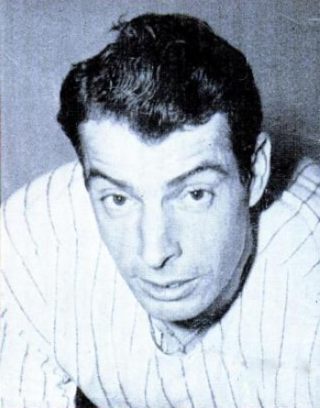
Elections to the Baseball Hall of Fame for 1955 followed a system established for odd-number years in 1953. The eligibility of retired players was extended; previously, a player could not be on the BBWAA ballot if he had retired more than 25 years prior. The ballot could now include those who had been retired for up to 30 years.

The 1946 Major League Baseball All-Star Game was the 13th playing of the "Midsummer Classic" by Major League Baseball's (MLB) American League (AL) and National League (NL) All-Star teams.
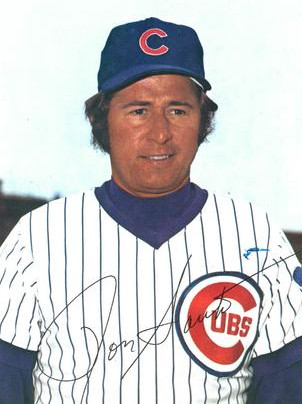
Elections to the Baseball Hall of Fame for 2012 proceeded according to rules most recently revised in July 2010. As in the past, the Baseball Writers' Association of America (BBWAA) voted by mail to select from a ballot of recently retired players, with results announced on January 9, 2012. The Golden Era Committee, the second of three new era committees established by the July 2010 rules change, replacing the Veterans Committee, convened early in December 2011 to select from a Golden Era ballot of retired players and non-playing personnel who made their greatest contributions to the sport between 1947 and 1972, called the "Golden Era" by the Hall of Fame.
Elections to the Baseball Hall of Fame for 2014 proceeded according to rules most recently revised in July 2010. As in the past, the Baseball Writers' Association of America (BBWAA) voted by mail to select from a ballot of recently retired players, with results announced on January 8, 2014. The Expansion Era Committee, one of three voting panels that replaced the more broadly defined Veterans Committee following the July 2010 rules change, convened early in December 2013 to select from a ballot of retired players and non-playing personnel who made their greatest contributions to the sport after 1972, a time frame that the Hall of Fame calls the "Expansion Era".

Elections to the Baseball Hall of Fame for 2015 proceeded according to rules most recently amended in 2014. As in the past, the Baseball Writers' Association of America (BBWAA) voted by mail to select from a ballot of recently retired players, with results announced on January 6, 2015. Randy Johnson, Pedro Martínez, John Smoltz and Craig Biggio were elected to the Hall of Fame. It was the first time since 1955 that the BBWAA elected four players in one year.

Elections to the Baseball Hall of Fame for 2016 proceeded according to rules most recently amended in 2015. As in the past, the Baseball Writers' Association of America (BBWAA) voted by mail to select from a ballot of recently retired players, with results announced on January 6, 2016; Ken Griffey Jr. and Mike Piazza were elected to the Hall of Fame.
Elections to the National Baseball Hall of Fame for 2018 proceeded according to rules most recently amended in 2016. As in the past, the Baseball Writers' Association of America (BBWAA) voted by mail to select from a ballot of recently retired players. The results were announced on January 24, 2018, with the BBWAA electing Chipper Jones, Vladimir Guerrero, Jim Thome and Trevor Hoffman to the Hall of Fame. Jones and Thome were elected in their first year of eligibility.
Elections to the National Baseball Hall of Fame for 2019 proceeded according to rules most recently amended in 2016. As in the past, the Baseball Writers' Association of America (BBWAA) voted by mail to select from a ballot of recently retired players. The results were announced on January 22, 2019, with the BBWAA electing Mariano Rivera, Roy Halladay, Edgar Martínez, and Mike Mussina to the Hall of Fame. Rivera and Halladay were elected in their first year of eligibility, while Martínez was elected in his last year of eligibility. Rivera became the first player to be unanimously elected, appearing on all 425 ballots; he broke Ken Griffey Jr.'s record of 99.32 percent, set in 2016.
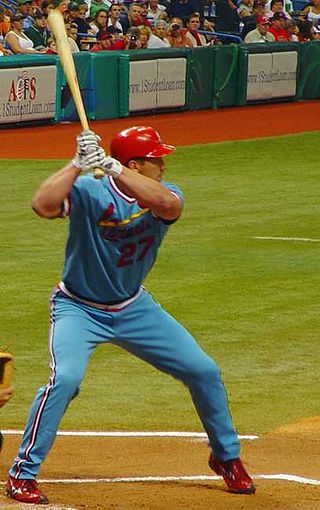
Elections to the Baseball Hall of Fame for 2023 were conducted according to the rules most recently amended in 2022. As in the past, the Baseball Writers' Association of America (BBWAA) voted by mail to select from a ballot of recently retired players, with the results announced on January 24. Scott Rolen, in his sixth year of eligibility, was the only player elected from the BBWAA ballot. Rolen had received 10.2% of the vote in his first year on the ballot in 2018, the lowest first-year percentage ever for a candidate eventually voted in by the BBWAA.
References
- 1 2 James, B. Whatever Happened to the Hall of Fame? New York: Fireside, 1994
- ↑ "Rules for Election to the Hall of Fame". Archived from the original on 2006-12-06. Retrieved 2006-12-04.
- ↑ Ken Keltner Statistics - Baseball-Reference.com
- 1 2 3 Nitz, Jim. "The Baseball Biography Project: Ken Keltner". Society for American Baseball Research. Retrieved 20 July 2010.
- ↑ "A List of Things Thrown Five Minutes Ago".
- ↑ Bodig, Chris (23 November 2022). "Should Donnie Baseball Be in the Hall of Fame?". Cooperstown Cred. Retrieved 2022-12-07.
- ↑ Thomason, Mac (12 January 2006). "Keltner List of the Day". Braves Journal. Retrieved 2022-12-07.
- ↑ Clayton, Richard (14 May 2001). "Keith Hernandez for the Hall of Fame". Baseball Think Factory. Retrieved 2022-12-07.
- ↑ Nycz, Brent. "Mike Mussina: Hall of the Very-Good?". The Bronx Block | MVN. Archived from the original on 2008-09-06.
- ↑ Thomason, Mac (29 November 2007). "Keltner List: Fred McGriff". Braves Journal. Retrieved 2022-12-07.
- ↑ Thomason, Mac (13 January 2007). "Keltner List: Darrell Evans". Braves Journal. Retrieved 2022-12-07.